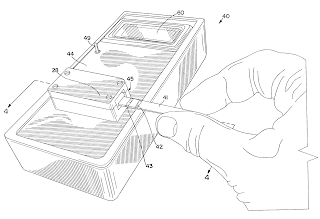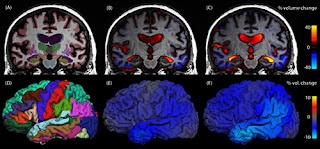Preliminary development of a simple
mesofluidic multi-channel plastic cartridge with underlying external magnet to
drag DNA aptamer-coated paramagnetic beads through fluids in the channels while
developing a sandwich assay with quantum dot-conjugated reporter aptamers is
described.
This approach is superior to traditional lateral flow test strips in
several ways including: 1) the ability to control the speed of lateral flow inthe channel versus conventional nitrocellulose analytical membranes with fixed wicking times. 2) The use of aptamers for potentially greater affinity and consistency
from batch-to-batch versus comparable antibodies. 3) Superior fluorescence
efficiency and intensity provided by quantum dots versus conventional
fluorescent dyes and 4) the ability to multiplex based on the various colored emissions of different sized quantum dots when excited with a single ultra violet source. Development of the system from concept to prototype is
described along with illustration of sensitive system performance for several
food safety-related targets. The system is also clearly adaptable to rapid
multiplex detection and sensitive quantitation of clinical biomarkers, drugs,
environmental, veterinary or other target analytes.





